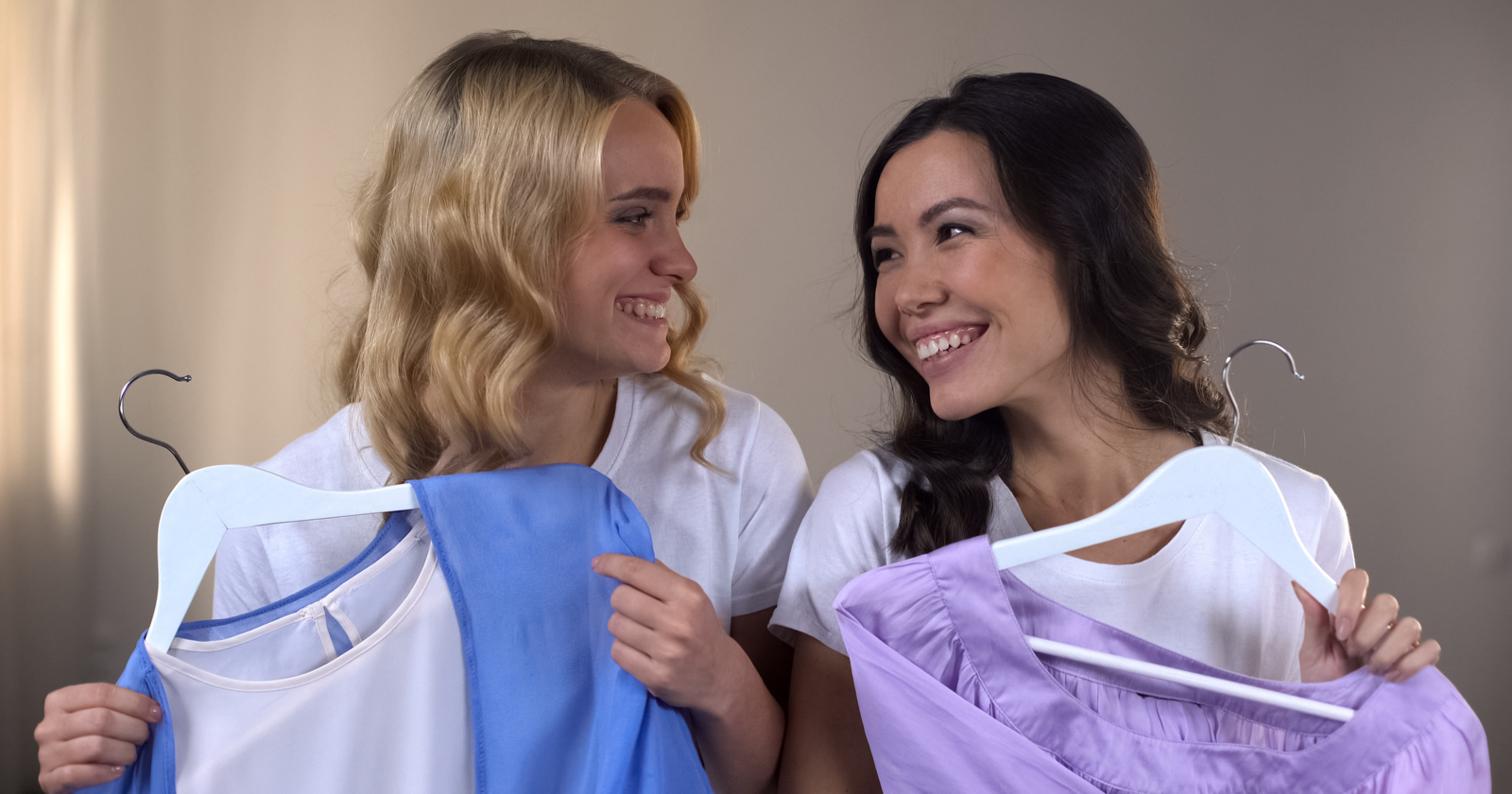On the Internet, people can easily ask others what they are thinking. This sets up a whole layer of possibilities if you can build and manage an effective band of brand ambassadors.
Ambassadors can help prospects learn more about you and your product without prospects feeling “sold to.”
They can instill a sense of customer loyalty.
They can be a much more powerful voice on social media than you can, helping to promote your business effectively to your consumers.
I’ve set up a number of Ambassador Programs and used the methodology you’ll find here to build out Majestic (The Link Intelligence Tool).
I remain a proud Global brand ambassador for Majestic and have also been an ambassador in several other roles for The Prince’s Trust (for a time), a kit car manufacturer, and an industry awards company, among others.
I have therefore experienced the process from both sides over more than a decade. And in this article, you’ll discover some best practices I’ve learned for creating and managing an Ambassador Program.
What A Brand Ambassador Program Gives You:
- Better brand awareness.
- Thought leadership opportunities.
- Marketing tentacles into areas you cannot reach, like private groups.
- Direct feedback on your product.
- A bigger footprint than employees alone.
Unicef Provides A Gold Standard For Brand Ambassador Programs
If you plan to start an ambassador program, then you should have a benchmark. I cannot think of any better organization than Unicef as your guiding light.
They started their program in the 1950s by courting the likes of Audrey Hepburn and Roger Moore. The list today is impressive, including David Beckham, Serena Williams, Whoopi Goldberg, and Liam Neeson, to name just a few.
There is little doubt that these names do so much more for the Unicef brand than money alone can buy.
You can put an advert on TV, but make Serena Williams the face of the advert during Wimbledon week and you can bet that the impact is dramatically leveraged.
If Unicef is too lofty as a goal for you, perhaps you might like to look at Wikipedia’s program as your gold standard (although I think their success depends largely on the country).
Okay – Reach For The Moon, Not The Stars
We do not all run international charities and have superstars knocking on our door asking to get involved.
But that doesn’t mean you can’t get close within your industry.
You do not have to be a charity, but you do need lofty goals within your own industry.
Someone needs to love your product.
You must aspire to place your brand as a thought leader and be prepared to put out a message that you have something to offer your community.
There are even ways to run ambassador programs in what I might call questionable verticles, such as Poker or Payday Loans – although many are really more like influencer marketing.
Ambassador programs are much more sustainable when the ambassadors truly believe in you.
They need to believe in what you are doing. In most cases, they use your product every day. They need to look good if they are going to talk about you, after all.
If they are happy to sell their soul for a quick buck, this is not an ambassador role. This is an actor or a star getting paid to advertise your product.
You absolutely know the difference when you see it on TV. It is not quite so obvious when you see it on YouTube or Twitter, though.
But in my opinion, a true ambassador for your business does not work under your direction. They work under their own cognition and may represent you – for better or worse – whilst maintaining their own integrity.
Recruiting Brand Ambassadors: Do You Pay To Play?
It helps if ambassadors find your brand, rather than the other way around. Sometimes an ambassador role is paid but more often, ambassadors wave a flag for free.
I started out in the early noughties as an affiliate. Whilst using affiliate schemes to incentivize some ambassadors might work, I do not think it should be the mainstay of your ambassador program.
One of the charges that people might levy on a “pay to play” ambassador program is that it might be considered buying links through the back door.
I contest this because it grossly underestimates how effective a good ambassador can be. An example that we can all see is Unicef’s ambassadors above. They are not all paid, but at the same time, some travel the world on Unicef’s dime.
When I built out the Majestic ambassador program well over a decade ago, I didn’t have a budget.
We recruited our ambassadors from our existing user base by looking at every user that was signing up. We looked at the ones we understood to be influencers in our world and we looked first at whether they engaged with the technology before even reaching out.
This was a very important step – and one I got wrong when trying to set up a new program a decade later.
In 2009, I only approached people that had already started buying the product. It was therefore undeniable that they believed in the product from the start of the relationship.
I do not know how Unicef works, but I would imagine that Unicef only approached Serena Williams once she had demonstrated her affinity to the brand with a donation.
Once this distinction has been made, the pay-to-play question becomes less contentious. Still, the ambassador and the brand may need to clarify that relationship early on.
Think About Traditional (Country) Ambassadors For A Moment
There is, in fact, a real problem reaching out to ambassadors that did not previously have an affinity and understanding of your business. The purpose of the ambassador is to instill confidence and trust in a product, service or even country.
Could you imagine the U.S. Ambassador to the U.K. not being a U.S. Citizen?
I cannot.
I also cannot imagine such an ambassador working for free.
However much a search engine might request that you show when an advert online is paid or not, this request from search engines starts to become implausible at some levels.
Every employee is (you would hope) already an ambassador for your business and is paid.
On the other hand, every customer could be an ambassador for your business and they pay you.
The agendas are obviously going to be different between employees, customers, and ambassadors, but the agendas are not always misaligned with your objectives.
If Not Paid, What Is The Trade?
In B2C, it is said that something online is “free,” then you are the product.
It’s not that way when running an Ambassador program. There is quite definitely a trade; of personal brand versus corporate brand association at the very least.
You hope they will say nice things about your tool. For that, you should get more trust from your audience and a headstart on engaging your prospects directly.
That is all! They are not your sales team and they are not your lackeys.
Now, ask yourself: What is in it for them? Here are some things that I have seen people use to add value to their brand ambassador program:
- Free tickets to events: We have often paid for our ambassadors to be at events where the cost is not too much, especially if they are speaking.
- Dinner at award shows: These dinners can be pretty expensive, but are great for being seen in the right crowd. If you are booking a few tickets, often booking a table is just as cost-effective.
- Flight and hotel: We have often covered a flight and hotel for an event for an ambassador in a given territory in exchange for them helping out on a booth. This reduces the need to fly as many people from your home base and often, having a customer on your stand is better than a salesperson anyway at these events!
- Ambassador meetups: I know SEMrush runs a meetup of its ambassadors each year. (I am yet to be invited) 🙂
- Citations (in both directions): I like to list my ambassadors publicly. In doing so I link to their site or their social profile. Sometimes they link back – perhaps to the ambassador page. If they are proud to be an ambassador, that link gives them a third-party endorsement of their own standing in the community. It also verifies their ambassador status.
- A platform: Let them post interesting information on your blog, but don’t force them. Some will like it. Others will not.
- Affiliate commission: This may be an option, but a reduction or waiver of their own fees is probably more welcome and less formal.
An Ambassador Charter
Setting out guidelines is really the difference between a program and basic social media marketing. I found the idea of an “Ambassador’s Charter” to be very effective.
Rather than a full-blown agreement or contract, a simple and transparent way to manage an ambassador program is by publicly displaying a page with a code of conduct by which Ambassadors agree to be guided.
Asking an Ambassador, especially a voluntary one, to sign a contract is difficult and frankly, it’s overkill.
An ambassador should feel at liberty to speak their mind.
Of course, you hope that will be in support of your product, but the Ambassador’s own integrity comes before yours. If they do not portray integrity, what good are they as an ambassador for you anyway?
A public document is a simple way to make sure all the stakeholders are on the same page. Mine was a simple statement that said what the public could expect of an ambassador. For example:
- What values do you and the ambassadors embrace in common?
- Do they talk with their own voice? Are they free to speak their mind?
- Will they look to treat the brand and the audience it speaks to with respect?
These are just a few points that can be in the charter. Overall, it should be inspiring and – for the love of all that is good – make it short!
Benchmarking Your Brand Ambassador Program
I used to try and track whenever someone mentioned my brand and keep a tally of who said what. In the end, I realized this was only helpful as a vanity metric.
It is always better to try and find out how your paying customers heard about you and converted.
An ambassador’s name might pop up in that conversation. Regardless, I still do not believe much of the automated tracking systems when it comes to tracking the original source.
There is usually (or at least often) an intermediate step between a prospect being interested in what you have to offer and their purchase. There’s usually a conversation at this point – the “demo.”
Take a moment in any demo you have with customers to ask how they found you. You’ll be surprised how often it was an ambassador or customer singing your praises.
In the end, they may have typed your brand or site into Chrome, but that does not mean they are a “direct” sale.
It means you didn’t track the lead source.
Key Takeaways
A successful brand ambassador program can offer big business benefits, helping you reach new audience segments in compelling and authentic ways.
Focus on the value your program offers those you’d like to have involved, and offer benefits that are going to attract people who are aligned with your objectives.
Provide a transparent ambassador charter to guide your efforts.
And don’t forget to make sure you’re measuring what matters, both to determine the program’s success and to find opportunities to improve its performance.
More resources:
- How to Calculate the ROI of Influencer Marketing Campaigns
- 16 Reasons Why Social Media Is Important to Your Company
- Social Media Marketing: A Complete Strategy Guide
Featured image: Shutterstock/Motortion Films





